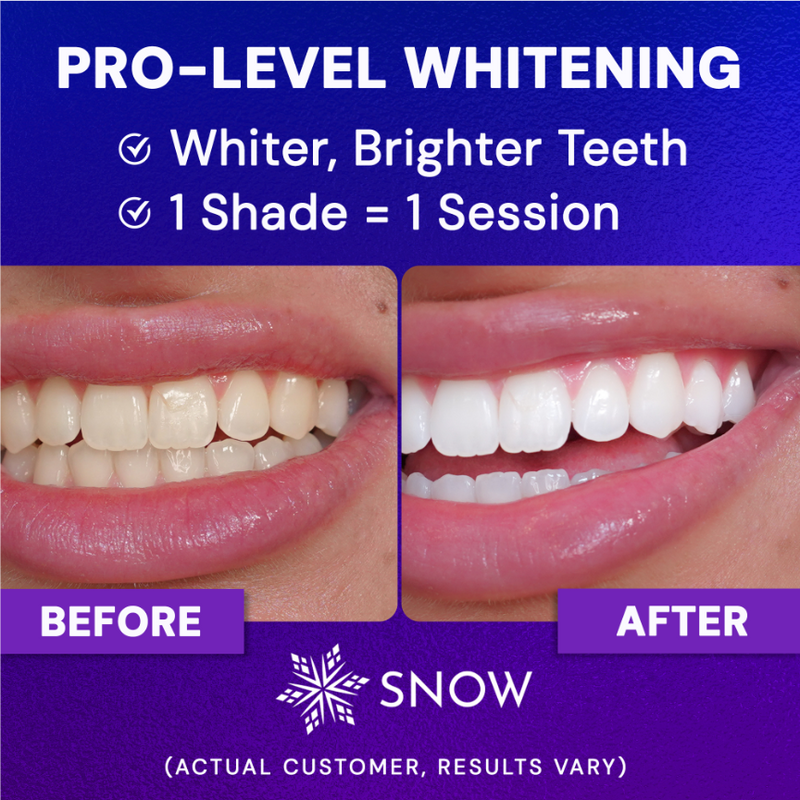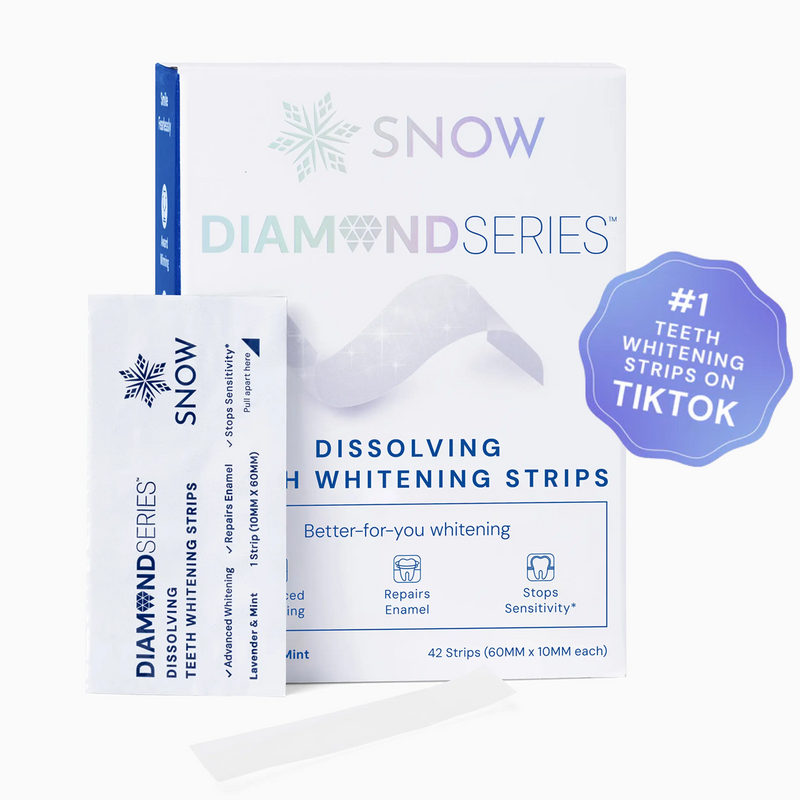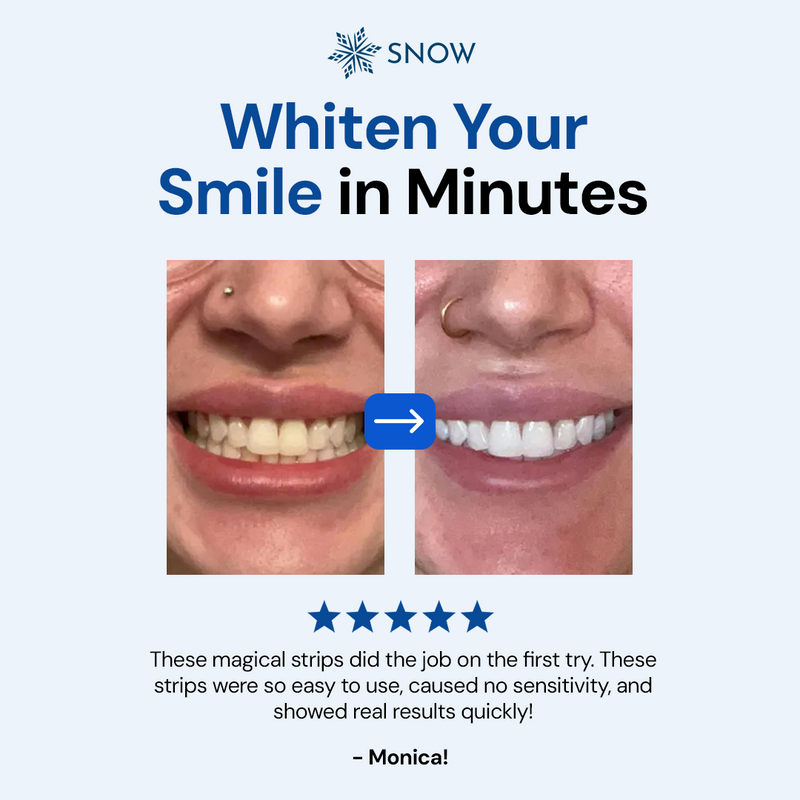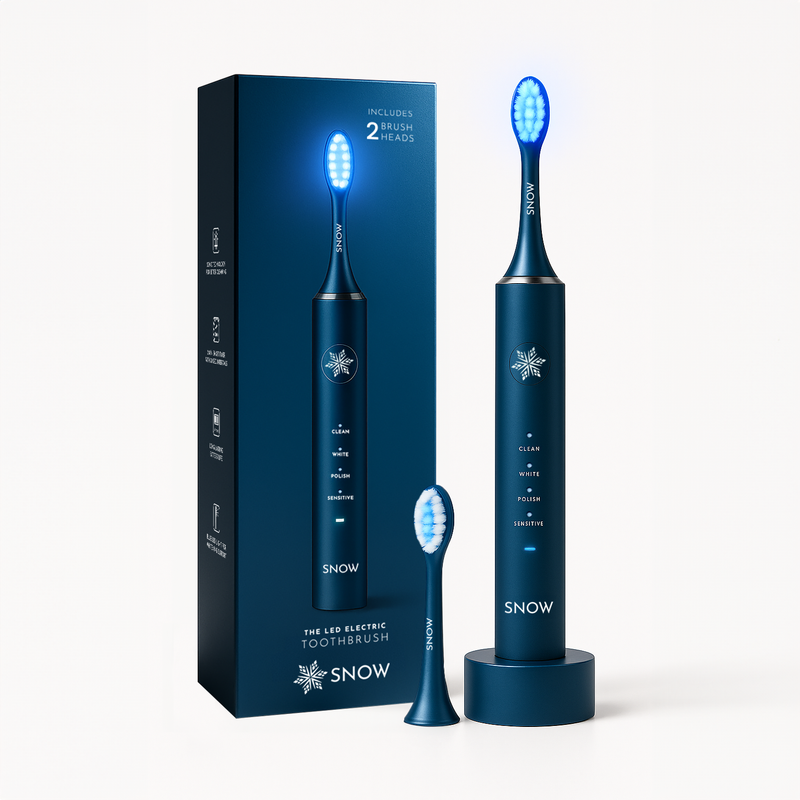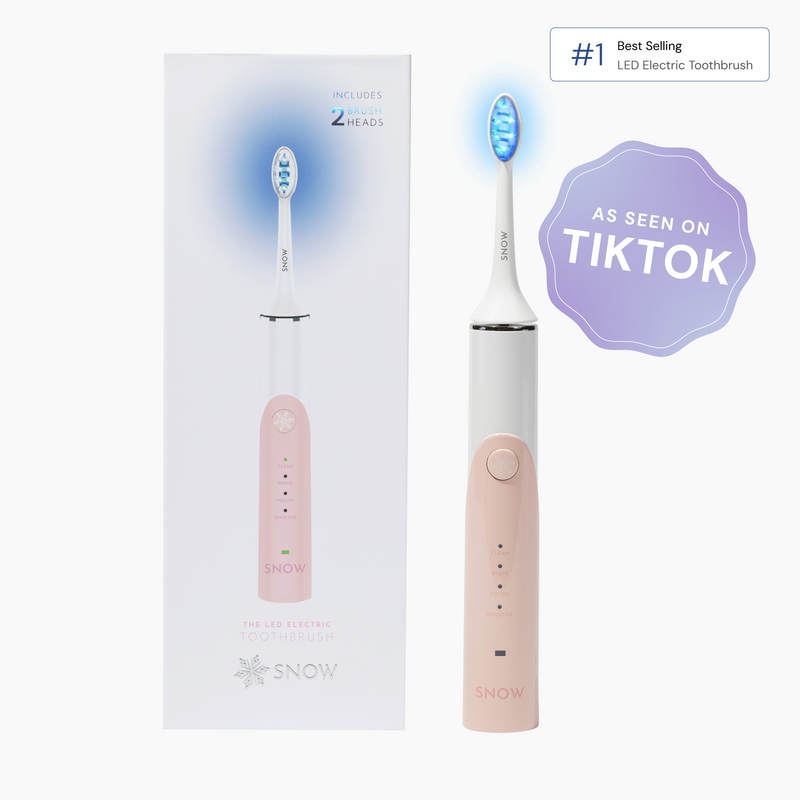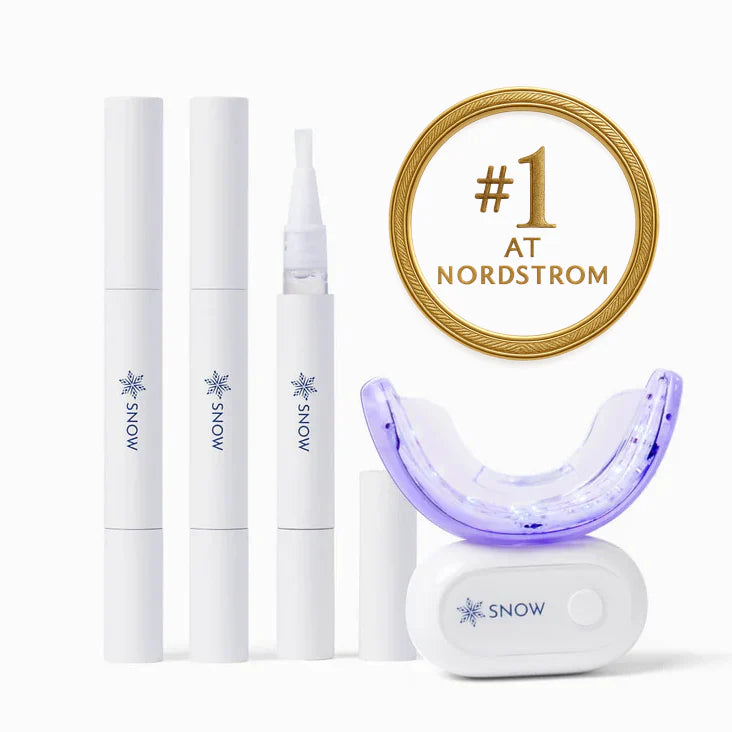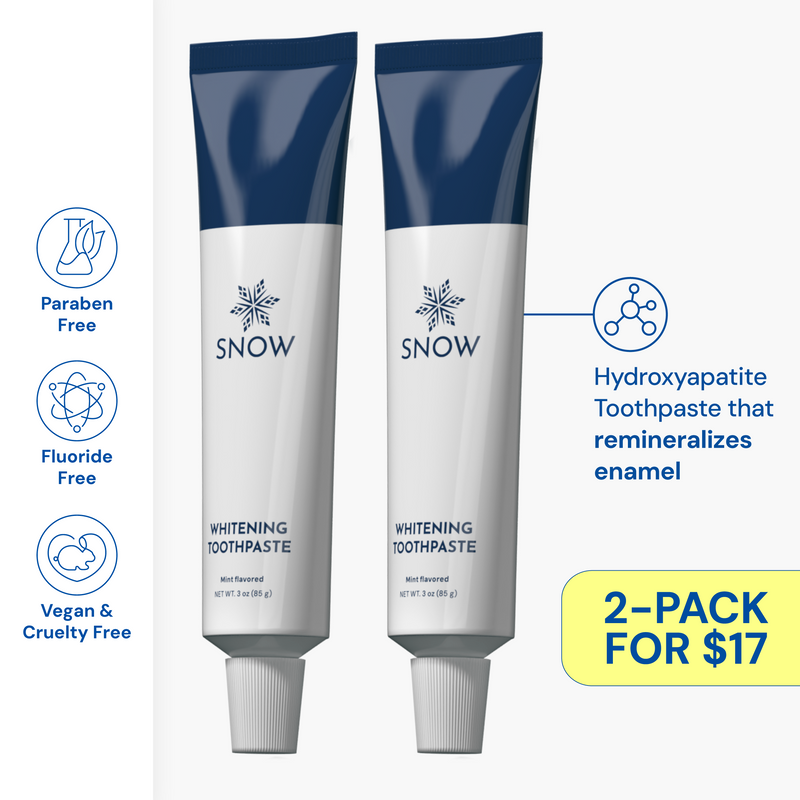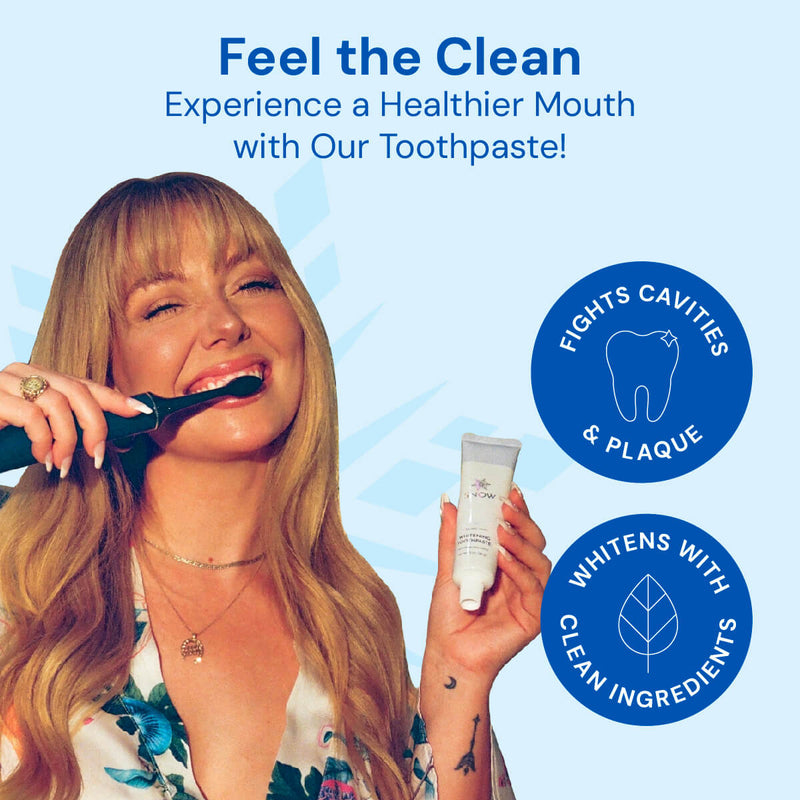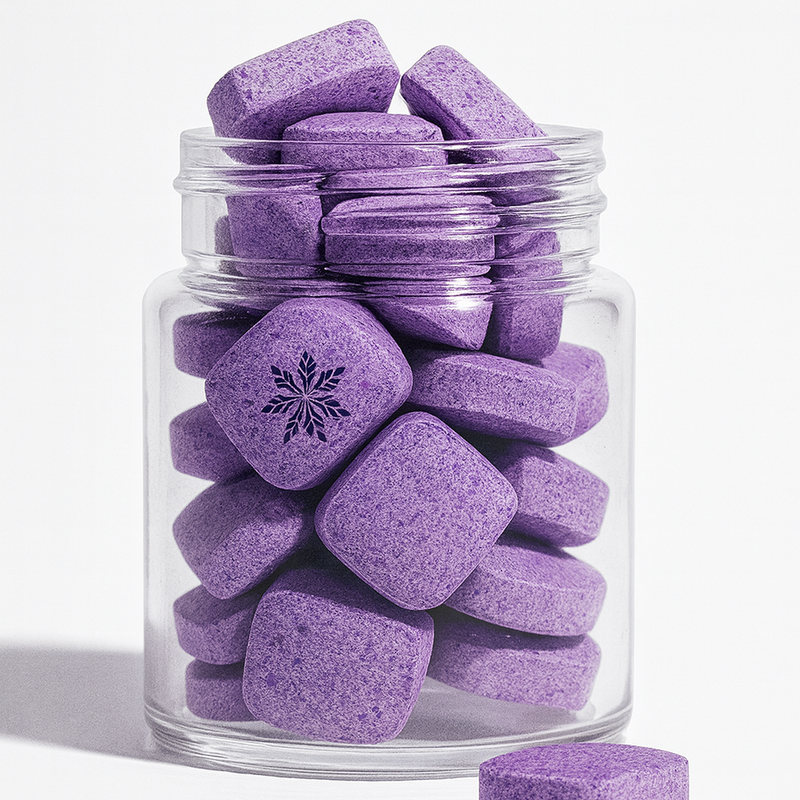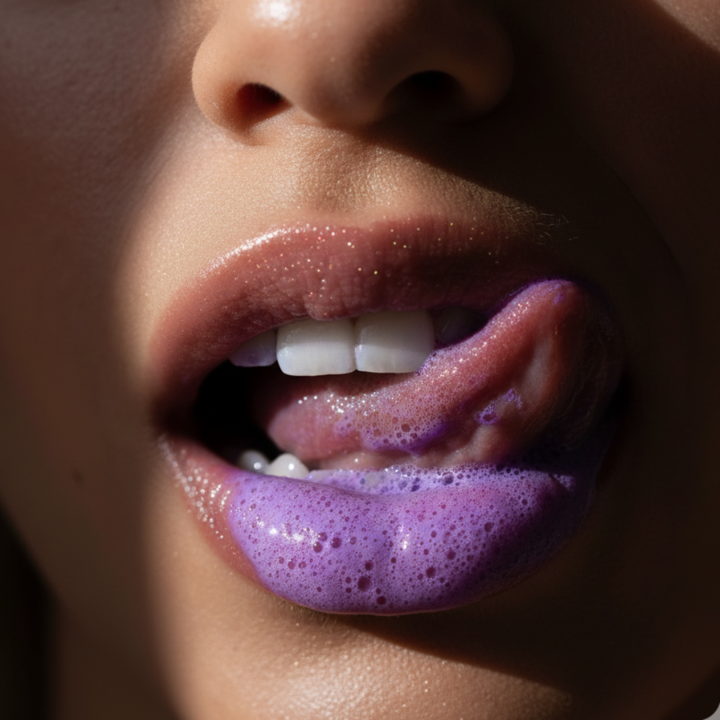We all know the feeling of looking into the mirror before a big date, or maybe the job interview at Starbucks that will change your world, and…my teeth can’t be that yellow! UGH!
If you’re like everyone else after this moment you’ve scrutinized everything you’ve eaten in the past week – you know because your teeth were gentle pearls two weeks ago.
You’ve blamed cigarettes (probably right), coffee (yep), and your latest attempt at eating organic (Ummm, maybe not). But, when it comes to soda there’s a good chance that your mind has prepared excuses as to why soda can’t be staining your teeth.
Excuse one: I drink Sprite, it’s clear, and makes my teeth sparkle, not stain!
Excuse two: Soda refreshingly slides right down my throat; it’s not like I use it as a mouthwash.
Excuse three: It’s so good, it can’t be bad.
Excuse four: I mix soda with alcohol, so…
When it comes to soda and staining teeth, we know two things. The first is that, yes, soda is a leading contributor of yellowing teeth. Second, our excuses are terrible.
Soda is big business, with multinational companies like Coca-Cola and PepsiCo dropping millions on advertising to ensure the country remains hooked on these sweet and bubbly beverages. In fact, according to Chicago-based Information Resources Inc. (IRI), carbonated beverages saw U.S. sales in 2019 at over $27 billion, a 2% increase in revenue from 2018.
While soda is one of the most popular types of carbonated beverages in the world, what appeals to your taste buds isn’t always what’s best for you, or your teeth—and I think you know what we’re talking about. If not, let’s go back to sophomore year chemistry, a dirty penny, and Coca Cola. Yes, the cola ate away at the grime, but the keyword in this sentence is that it ATE away at the grime. Sure, we’d love if soda could eat away at the yellowing, to provide some pearly jewels, but that’s not what’s happening, is it?
When you drink soda, not only does pop destabilize the strength of our teeth, but it also leaves our teeth darkened, yellowed, and we hate to use the word, but, stained. Gross!
Without proper dental hygiene and staining-specific treatment of your teeth, the stains will remain, and worsen, as you age. The good news is that, while stains can be challenging, there are ways to beautify your smile as well as mitigate further yellowing.

How Bad is Soda for your Health?
The history of soda began in 1767 when a man named Joseph Priestly discovered how to infuse water with Carbon Dioxide. Since mineral spring water was thought to cure a multitude of health problems, the theory was that carbonated water could replicate these health-improving effects. So, while we buy soda at grocery stores when the first soda machine was patented in 1819 and prior, it was sold in pharmacies as a medicinal treatment rather than a tasty beverage.
By 1876, root beer, with more than 25 herbs, berries, and roots was publicly sold. The first cola-flavored soda, what we equate to Coca-Cola and Pepsi was released in 1881 and Dr. Pepper in 1885. The original recipe for Coca-Cola included small amounts of cocaine which was removed by 1928. However, even with the removal of cocaine, soda manufacturers faced further backlash in 1942 when the American Medical Association (AMA) noted the massive amounts of sugar in these drinks. The public scrutiny led to diet sodas which while had less sugar, also contributed to weight gain, addiction, and of course stained teeth.
100 years and countless studies later, soda found itself at the heart of the U.S. obesity epidemic. In the 1980s and 1990s, soda consumption was higher than ever and was linked to an increase in everything from diabetes to heart disease. Studies suggest that just one can of soda a day can increase the risk of heart disease by 20% in men while increasing the risk of diabetes by 25% in women.
Despite warnings in 1942, sugar content remains the most trouble consequence of drinking soda. The average can of soda contains around 10 teaspoons of the white stuff, despite the limit being 6 for women and 9 for men. They also contain a number of additives used to color, flavor, and preserve the beverage. Simply put, while carbonated beverages can be a refreshing accompaniment to a meal, they have also done more to damage the nation’s health than many recreational drugs.
The good news is that as research and public knowledge improves in regard to personal health manufacturers have begun to diversify their carbonated beverage selections with a focus on carbonated water as opposed to sugar-induced sodas. The bad news is that soda remains a long-standing generational favorite beverage that people find difficult to step away from.
How Bad is Soda for your Teeth?
From a health standpoint research has shown that high amounts of sugar contribute to all sorts of medical concerns such as heart disease, diabetes, and weight gain. But, when it comes to the negative effect of soda on your teeth it is more how soda, both diet, and non-diet, triggers bacterial growth.
When sugar interacts with the bacteria in your mouth the resulting consequence is acid production which eats away at your teeth’s enamel. For children and young adults, the impact on tooth enamel is even greater because their enamel hasn’t yet fully developed. Diet and sugar-free sodas also contain acid which damages the teeth. These “acid-attacks” can last for up to 20 minutes per duration.
Enamel is your tooth’s hard outer surface that is supposed to protect your tooth from decay. But, with soda-induced acid attacks, your tooth’s protective surface can erode or break down providing minimal protection from bacteria. This erosion of your tooth’s enamel leads to cavities and sensitivity to hot and cold foods.
While sports drinks and fruit juice can also damage your tooth’s enamel, the damage stops there. Soda, on the other hand, softens and damages enamel and then continues to your tooth’s dentin which is the lightly yellow porous layer of tissue under the enamel. It is the loss of enamel and damage to the dentin that allows heat, cold, acidic, and sticky foods to stimulate your tooth’s nerves and cells.
Is Diet Soda Really That Bad?
Does diet soda have less sugar than regular soft drinks? Absolutely. Is diet soda better? Probably not.
While diet sodas have less sugar, they also provide little if any nutritional value. Additionally, diet sodas have acids such as citric, malic, and phosphoric acid that are linked to erosion of tooth enamel. The sweeteners in diet and sugar-free sodas may not be sugar, but these artificial sweeteners such as aspartame, saccharin, sucralose, and stevia have been highly scrutinized for potential negative health concerns related to addiction, weight gain, and other health conditions.
Lastly, one common trait between regular soda and diet or sugar-free soda is the use of colors such as carotenoids (bright orange, yellow, and red hues), anthocyanins (red-purple, and blue pigments), and caramels. With the acid erosion that breaks down the prospective enamel and damages the porous dentin, it is easier for these dye colors to penetrate outer tooth surfaces leading to challenging and unsightly teeth stains.
How Does Soda Stain Your Teeth – A Breakdown
Research has shown that significant consumption of soda can lead to life-long health conditions such as weight gain, heart disease, and diabetes as well as tooth decay and gum disease. But, for most people, it is the cosmetic appearance of teeth that creates the biggest concern.
As a reminder, the cosmetic appearance of yellowing or brown stained teeth is only cosmetic in the sense of a person’s visual perspective. Yellowing of teeth is actually an indicator of a more significant health concern affecting the breakdown and damage of your teeth’s enamel and dentin.
Staining or yellowing of your teeth is a multi-step approach that begins with the accumulation of sugars on your teeth during prolonged exposure to soda. Sugary sodas work with bacteria to create acids that break down the enamel and dentil layers of your teeth. Additionally, sodas – diet, sugar-free, and non-diet – have their own acids which are added for tartness. While the dyes in soda can stain even enamel, it is the porous dentin layer that absorbs and creates the most challenging teeth stains.
Which Sodas Stain Teeth The Most?
The problem with sodas is that they contain and create acids that breakdown tooth layers which can help minimize stains. So, even with clear-colored sodas, the damage is being done that allows for other foods to create yellowing or browning. But, soda is not the only culprit when it comes to teeth staining. Other products such as tobacco, tomato sauce, curry, red wines, coffee, and tea can cause staining due to acids, pigmentations, and tannins.
When it comes to which sodas stain teeth the most, the answer is a breakdown of the three ingredients contributing to yellowing and their impact on your teeth in this order:
- High acid sodas such as colas and citrus-flavored sodas.
- High sugar drinks such as Mountain Dew and colas.
- Dark caramel-colored drinks
While it may seem like the darker the color of your beverage, in reality, the acidity level and sugar level play a role in long-term staining. The good news is that there are ways to clean and manage your teeth to reduce and manage future stains.

How to Stop Soda Stains
Despite the damage, soda does to our teeth it remains a big part of our diet. So, the question then is, how can I reduce soda stains on my teeth, while still enjoying a beverage I love? The answer we’d love to give you is just to drink water. Water is non-acidic, has no sugar, and is the best way to improve your overall health. But we get it. You’re looking for ways to have your Coke and drink it too.
There are five things you can do that will minimize or prevent teeth stains from soda.
- Reduce the amount of soda in your diet: By now this should be obvious. The less soda you drink the less impact the acids, sugars, and dyes will have on your teeth.
- Use a straw: By using a straw you can minimize the contact between the soda and your teeth, whereby avoiding the highest concentration of damaging contents in sodas.
- Avoid brushing your teeth or using an abrasive on your teeth immediately after drinking soda: Acids and sugars have already done plenty of immediate damage to your teeth. By brushing immediately after drinking soda your teeth and gums are vulnerable and could come away with more harm than waiting an hour before brushing.
- Rinse your mouth with water or drink a glass of water immediately after drinking or sipping soda: You may not want to brush your teeth after drinking soda, but one thing that will help is drinking a glass of water. Water will help flush out the bacteria, acid, and sugars causing damage.
- Drink soda more rapidly, rather than sipping on soda over a long time: Acid attacks on your teeth can last up to 20 minutes per consumption. So, if you drink a can of soda in two minutes or take a sip every 2 minutes, the “acid attack” doesn’t play favorites. Sipping will only prolong the negative impact on your teeth.
Prevention is always the best policy. If you cannot drop your soda addiction trying to minimize the impact that acid, sugars, and dyes have on your teeth is important. Not only will these tips help you reduce the yellowing of teeth, but they will also help you improve your overall health.
Though, if you are like most people, managing your teeth from becoming more stained is one thing, but what about reducing or removing stains that already exist?
How to Get Rid of Soda Stains
Yellowing teeth is one of the most pressing concerns among people who drink soda, smoke tobacco products, and drink tea and coffee. While preventive measures can help reduce further damage and staining, teeth whitening has become a popular way of re-whitening your smile.
Teeth whitening comes in many forms. We are all used to seeing store-bought strips, toothpaste, and even mouthwashes. However, most of these products provide only nominal teeth whitening, especially in regard to already significant yellowing. Other methods of teeth whitening include professional teeth whitening in a dental office or clinic that can cost thousands of dollars.
The Snow Teeth Whitening Kit works on the whole tooth and not just the surface, which means they can attack the deep stains that have developed over the years of unmanaged staining by soda, coffee, tea, wine, and even cigarette consumption.
Due to the cost of professional tooth whitening services, this is out of reach for many, but there are affordable and safer alternatives available at the click of a button. The Snow Teeth Whitening Kit was developed to provide a cheap, effective, and safe alternative to costly dental services. Snow uses no harmful chemicals, is never tested on animals, and is a safe tooth whitening option on all types of teeth. The Snow Teeth Whitening Kit gives you whiter teeth in as little as 9-minutes per day.















































